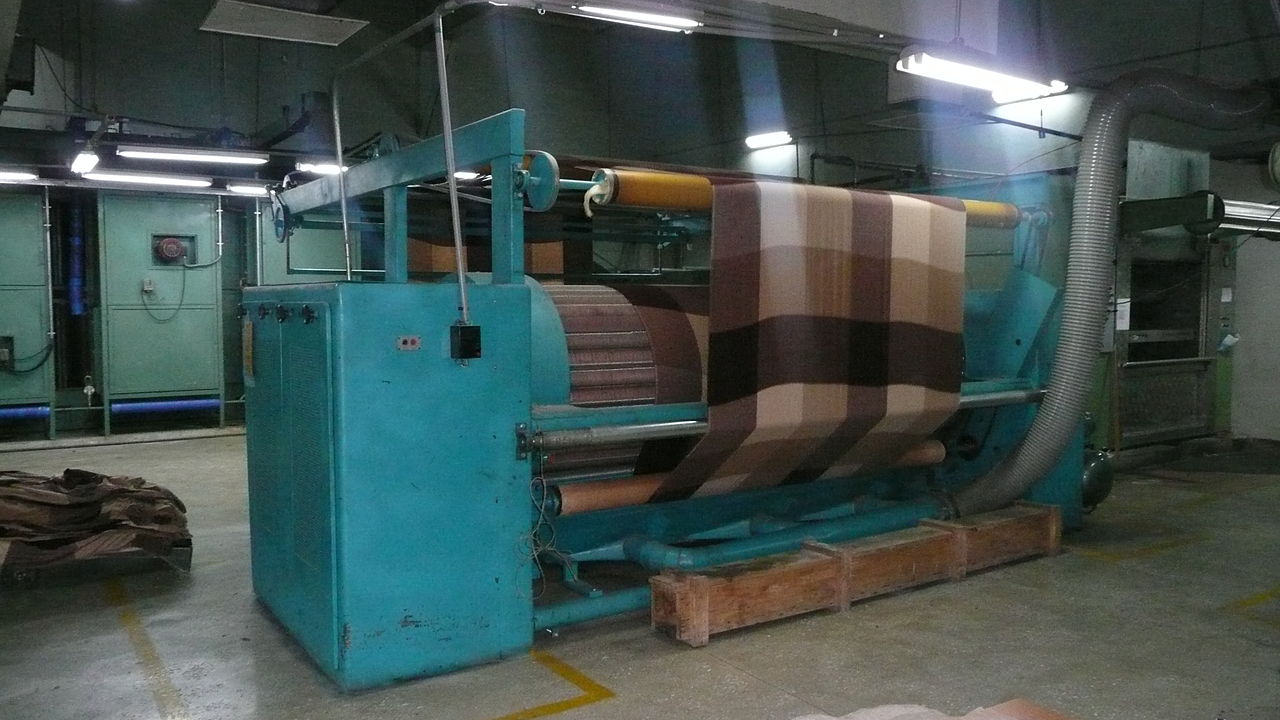Like always everything found on the internet is in italic.
So after earlier receiving a comment from DaniBP (blog: DaniBP Mop Philosopher) who requested a post on the making of cashmere. I decided to write this. Now I knew that this blog would be difficult. Unlike my blue raspberries post, I have to show the whole process. So I think I better begin now.
The absolute first thing I did (like I normally do) is that I googled 'cashmere' and like always, I went into images:
At the beginning
At the end
Okay, those are the pictures of the beginning and end of the cashmere making process, but I want to know what happens between these two steps. Luckily I remembering watching those 'how it's made video's' when I was younger, so I went onto YouTube and searched 'How It's Made: Cashmere' I looked on several videos but there was nothing. But I didn't loose hope quite yet, I then searched 'How is cashmere made?' on YouTube. There was still no decent information. Maybe this would be tougher than I thought.
I'd have to google it. I searched, once again: 'How is cashmere made?' First I checked out Wikipedia. I took one look at the giant page of complicated words and decided to, well search, I'm ashamed to say: 'How is cashmere made? For kids.' Yeah I know kinda humiliating, but I can't act like I know all the complicated words. This led me to a website that was not for kids but it did say what cashmere is and quite a bit of how it's made. So here it is:
Wise Geek was the name of the site.
Cashmere is a luxuriant wool that many a fashion-conscious woman has dreamed of wearing against her skin. Its silken feel, feather-light weight, and appreciable status make it highly desirable.
Despite the glamour associated with cashmere, it hails from humble beginnings. It is the wool or fur of the Kashmir goat. Kashmir goats are primarily raised in Mongolia, but many are bred in Iran, Tibet, India and China. American herders have also joined the international cashmereproduction market in recent years.
Cashmere is harvested from the goats during their annual molting season through the shedding or the shearing of their down. In the frigid high desert climates where most of the goats are raised, the dense inner coat guards against harsh winter weather, but once seasons change, goats begin to lose the protective layer of down.
The finest cashmere usually comes from the back and shoulders of the goats. Fibers from the belly and hind area may be usable because they are fine fibers, but they are usually too short to make quality wool. They can be mixed with other fibers though to make quality material, just not quality cashmere wool. Shorter fibers have a tendency to "pill," whereas longer fibers are easier to spin and don't pill as easily when they're woven into garments. The fibers come naturally in white, gray and brown, but the wool is easily dyed.
I learned a lot in this article but it still doesn't tell me everything. I'm gonna write a summery of this paragraph so I can make complete sense of it.
How Cashmere Is Made
Even though cashmere is so delightful, it calls for a brave beginning. (Okay that sentence may have been lost in translation.) Cashmere comes from the Kashmir goat which is usually found in Mongolia although also bred in Iran, India, Tibet and China. American have recently started working in the Kashmir goat business .
People shave there fur during a certain time of year. In the hot climate most goats grow up in, the inner coat protects them from winter, but when summer comes along they shed.
The best Cashmere comes from the goats back and shoulders (I believe the beard as well). the stuff from the belly and hind quarters aren't as good. They are to fine. Although they can be mixed with other fibers to make quality material. Although alone it can 'pill'. Wait 'pill'? What's that?
Time for another google search! At first there was nothing. Just when I was about to give up a read a simple sentence:
How can I keep piling (you know those little fuzzy things that you sometimes get on Cashmere) off my sweater?
This was a life saver! After all of this I figured out I still have a lot of work to do with this, We need to figure out how goat skin turns into that soft, lovable fabric! Which means... another trip to google images:
Wow, I have tons of work to do! I think this post is definitely a to be continued.




No comments:
Post a Comment